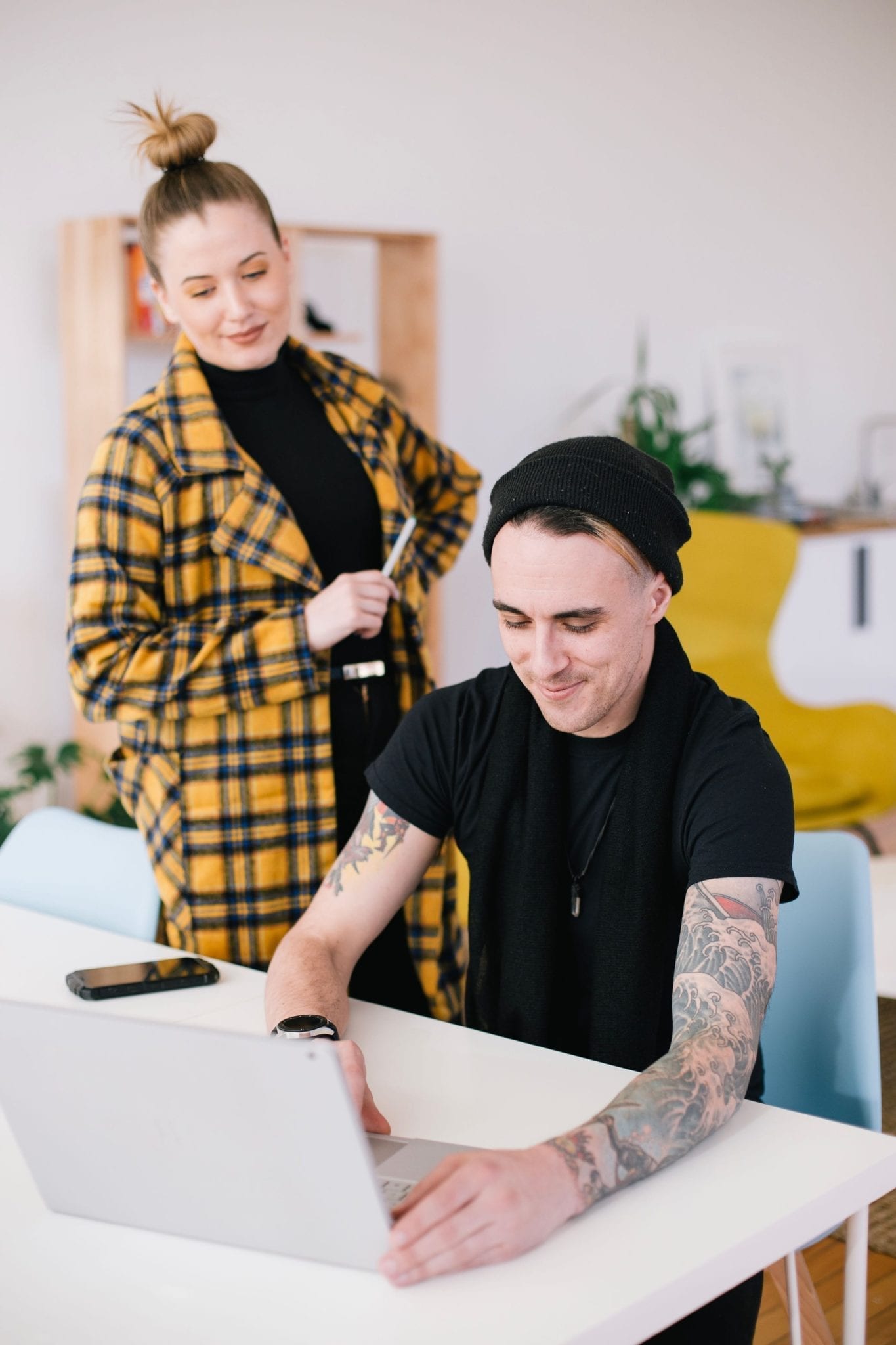 Design thinking sessions are fundamental to innovation and ideation, and yet the manner in which they are run remains undefined. They are undefined because such design thinking sessions are creative ventures, and a defined structure has the potential to inhibit creativity. I have put together these five tips as a guide to facilitating how entrepreneurs can have successful design thinking sessions so that their design process can be without barriers or bias.
Design thinking sessions are fundamental to innovation and ideation, and yet the manner in which they are run remains undefined. They are undefined because such design thinking sessions are creative ventures, and a defined structure has the potential to inhibit creativity. I have put together these five tips as a guide to facilitating how entrepreneurs can have successful design thinking sessions so that their design process can be without barriers or bias.
See the Beauty in a Blank Slate
Everyone values a blank slate; whether you have just had a disagreement with your significant other or you are sitting down to begin a daunting project, both a literal and figurative blank slate will put you in a promising position. Design thinking is no outlier in this regard. Though suggested methodologies to design thinking exist, there is no set framework or language; thus it is recommended you start your design session with a blank slate. Use a table, a sheet of paper, or a poster to arrange your thoughts and present your ideas as a team, so that you and your melting pot of innovators can better understand your ideas, explore solutions, test your concepts and evaluate your designs.
Step in Someone Else’s Shoes
One should not ideate without empathizing. To understand the needs of farmers, children, or online shoppers, we must see the world through their eyes. Once we embrace the perspective of these audiences, we can better address their needs and elevate their experiences. As you walk in the shoes of your target audience, ask yourself relevant questions in order to find value in your complex needs. Once innovators see the world through this new pair of eyes, they will discover insights that enhance the customer experience so that they may reinvent crop cultivation for farmers, establish an interactive curriculum for children, or perfect targeted advertising.
Establish Design Thinking Goals
When you established goals in a small or medium-sized group setting, you pave a way for mindful brainstorming and sketching ideas. Everyone from different disciplines will be in the loop. These goals can be expressed to the group prior to the meeting so that individuals can come with ideas already in mind or they can be established together as a group so as to have a unified understanding. Choosing to establish goals as a unit will also create common ground among the participants, potentially resulting in heightened engagement and increased participation. The mediator should understand that although goals will be addressed, unexpected questions or topics may bounce from one person to another, taking the group to unchartered waters. The mediator should respect the talent and knowledge in the room by letting the conversation and design thinking session flow freely.
Make a Melting Pot
 Engineers, architects, and web designers are all creatives, but they express their creativity differently. An engineer may use creativity and ingenuity in their design of a plane turbine, a landscape architect uses creativity when designing the layout of an outdoor tropical garden, and a web designer uses creativity to build a website that creates a functional user experience matched with pleasing aesthetics (check these examples of affiliate websites with unique yet functional design interfaces). When creatives from different disciplines such as these collaborate, we see ideas unfold and develop. Engagement from a broad spectrum of thinkers will give your design thinking session versatility, vivacity, and validity. Research suggests that company founders who are similar in character have a smaller rate of success in their business ventures in comparison to those that partner with their opposites, so in planning your next design thinking session, don’t shut out your salespeople or your accountant simply because you question their fit in a design-focused environment.
Engineers, architects, and web designers are all creatives, but they express their creativity differently. An engineer may use creativity and ingenuity in their design of a plane turbine, a landscape architect uses creativity when designing the layout of an outdoor tropical garden, and a web designer uses creativity to build a website that creates a functional user experience matched with pleasing aesthetics (check these examples of affiliate websites with unique yet functional design interfaces). When creatives from different disciplines such as these collaborate, we see ideas unfold and develop. Engagement from a broad spectrum of thinkers will give your design thinking session versatility, vivacity, and validity. Research suggests that company founders who are similar in character have a smaller rate of success in their business ventures in comparison to those that partner with their opposites, so in planning your next design thinking session, don’t shut out your salespeople or your accountant simply because you question their fit in a design-focused environment.
Get Your Hands Dirty
After significant time has been given to the ideation phase, the designers can put their ideas to the test by beginning to prototype. In transferring ideas from the head to physical products or layouts, a sense of achievement and understanding will be instilled. With a deadline given and minimal resources provided, the designers will learn to prioritize and economize. These melting pots of designers can then share their creations and welcome feedback and constructive criticism to improve varying elements like the user experience, design, and functionality of the product or service. Beyond simply getting your hands dirty, creations will stir stimulating discussions and conversations, enhancing the design thinking session.
Design thinking sessions will help your entrepreneurial ecosystem thrive by allowing your designers, thinkers, writers, and techies to focus on every aspect of your product or service. Entrepreneur India argues that two overarching reasons startups tend to fail are due to over-emphasis on the product and lack of empathy with target audiences, both of which these tips on a successful design thinking session emphasize. Armed with the above tips when facilitating a design thinking session, you can establish a sustainable design thinking mindset that will linger.
Do you practice design thinking? Share your tips and experiences below!
What is Design Thinking?
“Design thinking is a human-centered approach to innovation that draws from the designer’s toolkit to integrate the needs of people, the possibilities of technology, and the requirements for business success.” — Tim Brown, CEO of IDEO
Images: Unsplash










